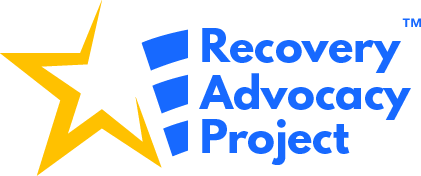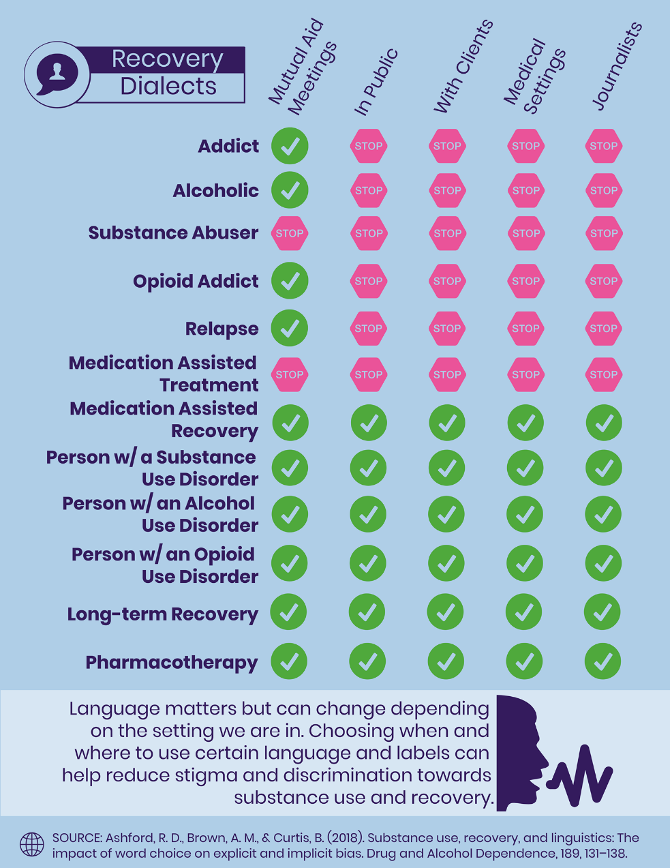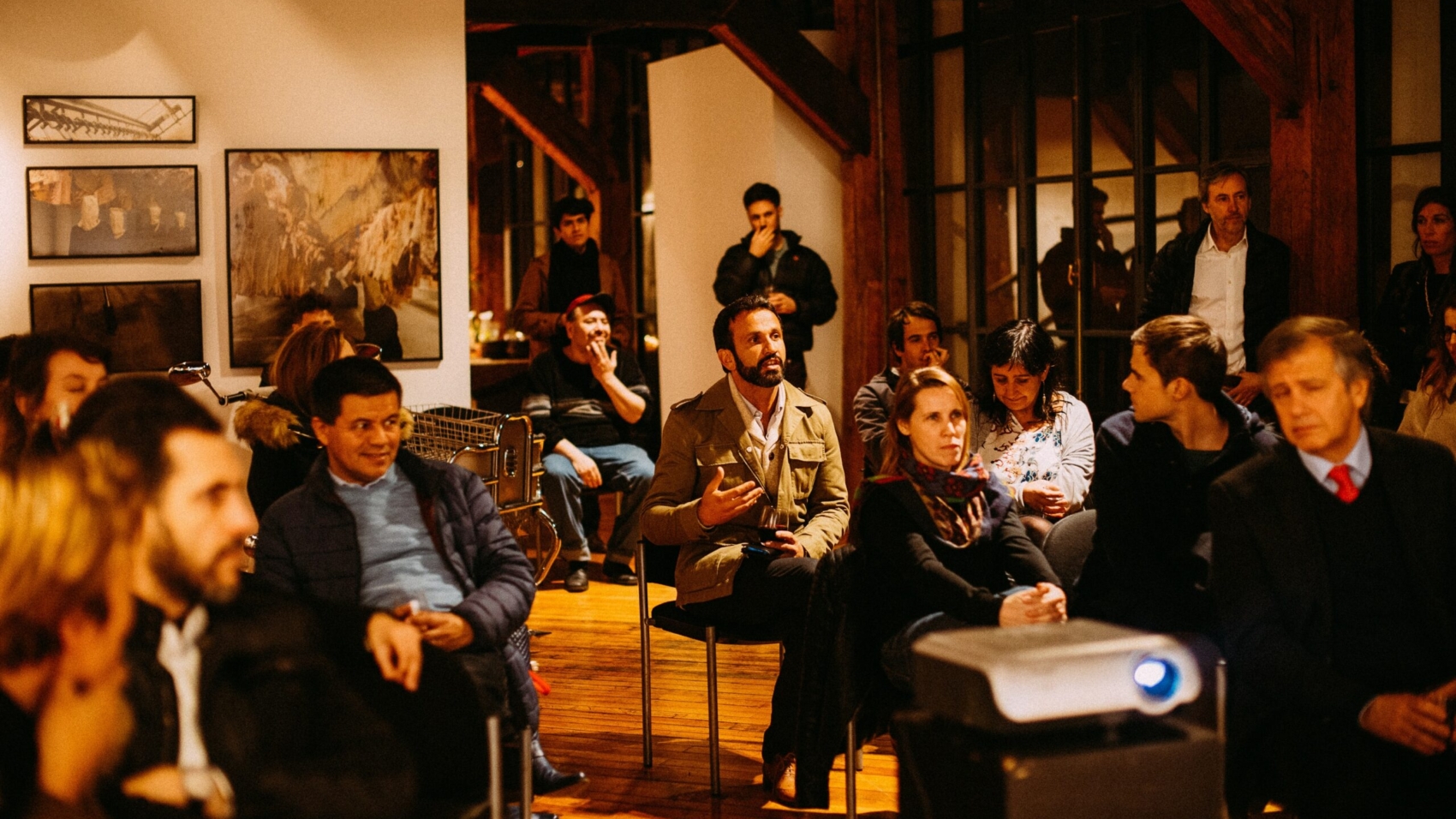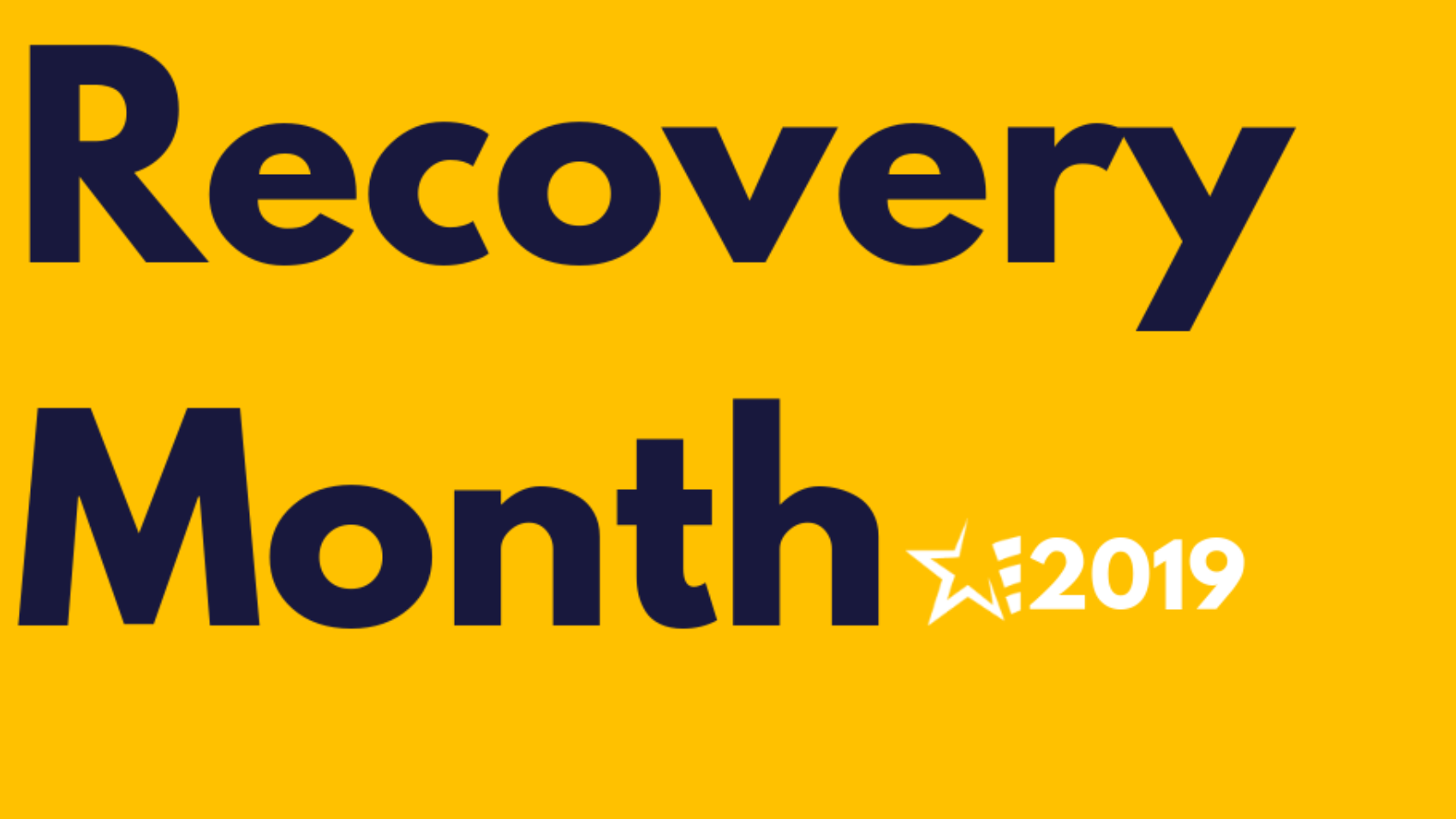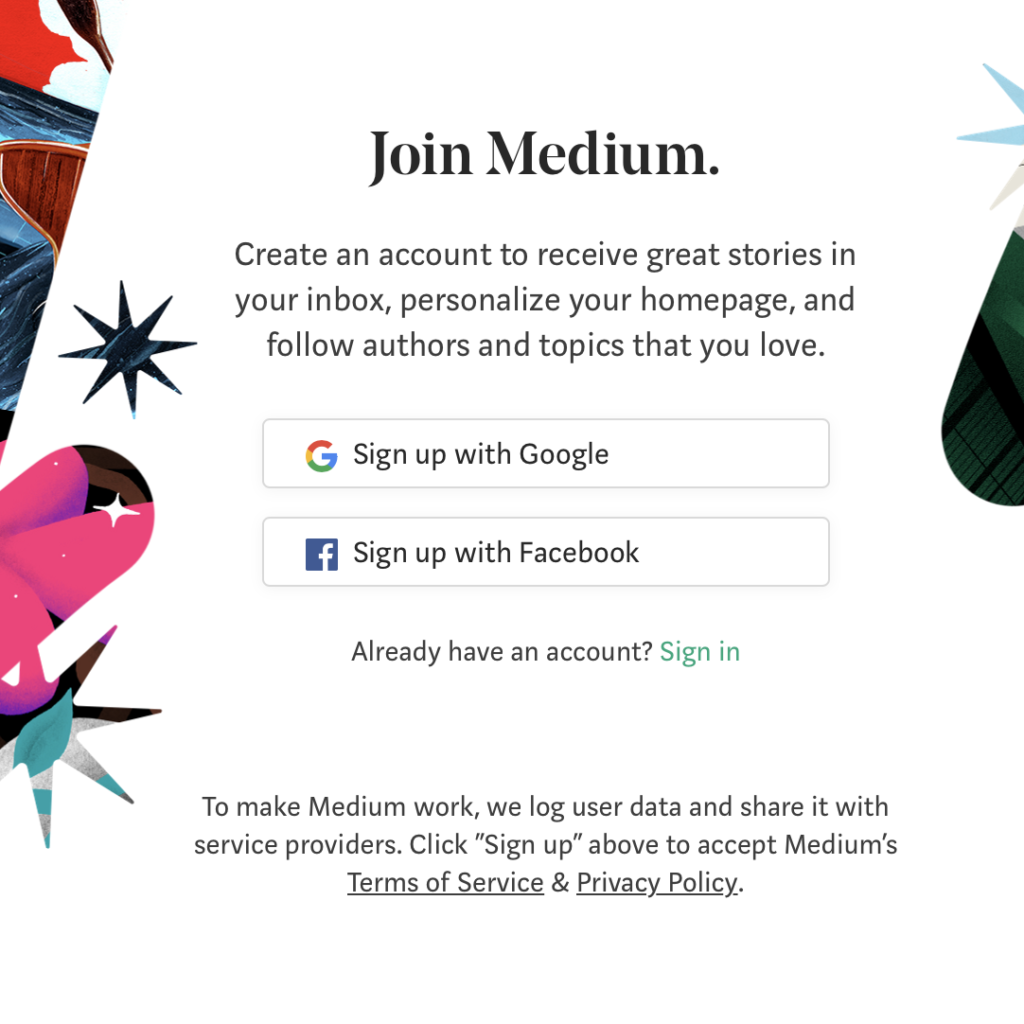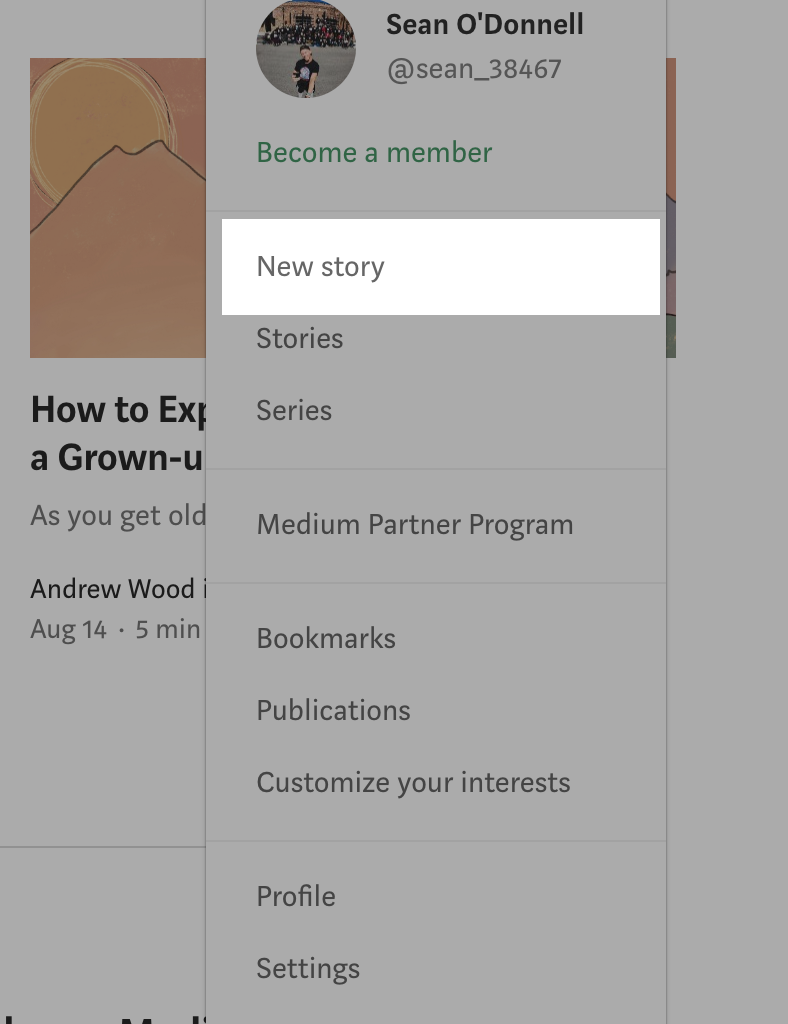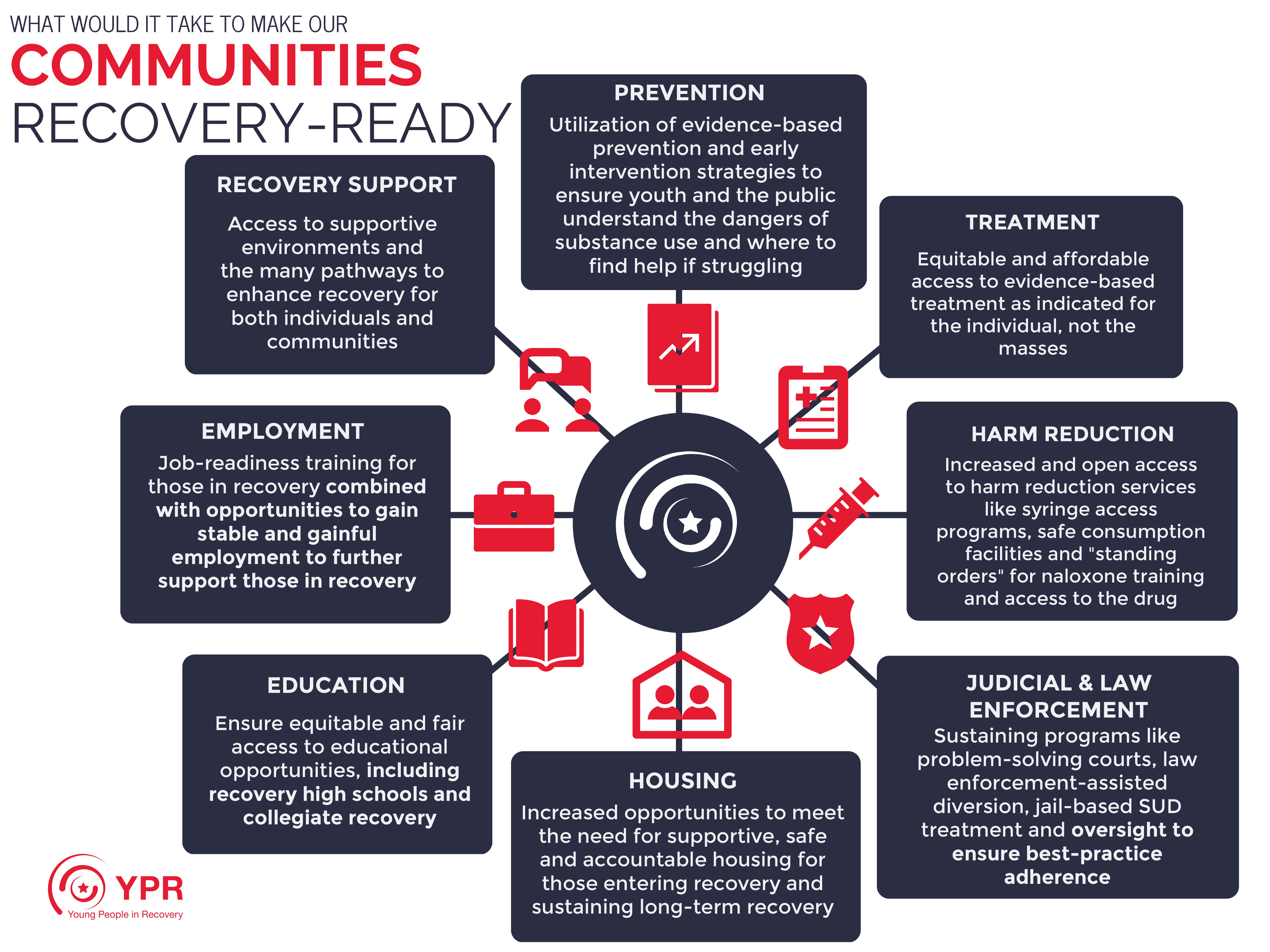Effectively speak out as a recovery advocate
- This HOW TO piece of the Advocacy Toolkit draws from expertise of advocates that have been researching recovery messaging and speaking out on the front lines of the recovery advocacy movement. Much of the language that Recovery Advocates have used in past efforts is a product of focus groups, both from the general public and the recovery community.
Why Speak Out as a Recovery Advocate?
Speaking out about recovery can build relationships within your communities. Whether you are speaking with elected officials, family members, decision makers, law enforcement, or others in recovery, your story can have an impact. The impact of your story can be strengthened by learning and practicing non-stigmatizing language. That language can be found throughout this guide.
The Recovery Advocacy Project respects every individual’s right to disclose one’s own personal experiences with addiction and recovery in their advocacy efforts. Deciding to speak out about recovery is a personal process for many. It is our hope that this guide about recovery language and messaging will help a new generation of potential recovery advocates in that process. Speaking out publically is both a choice and a right.
This guide will also serve as a reminder for many that have been speaking out for years.
This HOW TO piece of the Advocacy Toolkit draws from expertise of advocates that have been researching recovery messaging and speaking out on the front lines of the recovery advocacy movement. Much of the language that Recovery Advocates have used in past efforts is a product of focus groups, both from the general public and the recovery community.
Many advocates have come to realize that transforming a private recovery experience to a public one can be incredibly empowering, and can add to an individual’s recovery capital, which is defined as “internal and external resources that can be drawn upon to initiate and sustain recovery.” (White: Recovery Capital Primer for Addictions Professionals)
Every person in recovery, their family members and allies, have the right to speak out and develop an impactful story that can advance their advocacy and community organizing efforts.
There are many reasons at the center of why people in recovery are coming out of the shadows to speak out including
- The Recovery Community has been defined by others in our own silence.
- There are discriminatory public policies that exist because of social stigma, and because people in recovery have not always been a part of shaping healthy public policies.
- Reduce the negative public perception (stigma) that continues to exist for many still struggling with addiction and those living lives in recovery.
- They are proud of their recovery and want to inspire others.
- Using consistent messaging across the country will strengthen the recovery advocacy movement as a whole.
- Address the stigma applied to family members of those in addiction or in recovery.
- People in recovery have rights.
- Establishing relationships with local decision makers and elected officials.
- The Addiction crisis is urgent.
- Speaking out for those we have lost to addiction.
“By claiming the right to speak publicly and to frame their experience in their own language, recovering people are politicizing (in the best sense of this term) what up until now have been their own private experiences.”
William White, Rhetoric of Recovery Advocacy
Can I speak out as a Recovery Advocate if I belong to an Anonymous 12-step group?
Yes, you can.
Anonymity is an important tradition to many people in recovery. It is also misunderstood.
Anonymity does not mean that you cannot speak publically about your recovery. You can advocate for the rights of yourself and others without breaking with any of the traditions of a 12 step fellowship as long as you do not mention the 12-step group by name, and you are not speaking as a representative of that 12-step group.
For example, when speaking out, you are not a “member of AA”, you are speaking up as a person in recovery, and as an advocate for recovery.
To go more in depth on this topic, there is a great pamphlet you can download called “Advocacy with Anonymity” that many people in recovery have read and shared with others to explain how to advocate, while honoring the traditions.
Why the Language we use to Speak Out matters:
When speaking out, the language we use becomes about the perception of how it is heard by others.
“Words are important. If you want to care for something, you call it a ‘flower’; if you want to kill something, you call it a ‘weed’.”
Don Coyhis, Founder and President of White Bison
For most of us in recovery, we have our own language when speaking with others in recovery that is meaningful to us. We have to understand that language used between people in recovery can be misunderstood, or not understood at all, by those not familiar with addiction or the recovery process when spoken in public.
The words we use as we publically speak out for our rights, does not necessarily have to reflect the words we use in our personal recovery process.
When we speak out as a recovery community it is important to do so in a way that is responsible and doesn’t add to the stigma that already exists. Using the wrong words in our efforts to speak out can hurt the recovery advocacy movement, even if that was not the intention.
In his paper titled Rhetoric of Recovery Advocacy, Recovery historian and author William White reminds us
“Words have been used to wound addicted and recovering people–to declare their status as outcasts. Words can also be used to heal addicted and recovering people and invite them into fellowship with each other and the larger society.”
“Words, and the meanings with which they are imbued can achieve accuracy and relevance or they can transmit dangerous stereotypes and half-truths. They can empower or disempower, humanize or objectify, engender compassion or elicit malignant fear and hatred. Words can inspire us or deflate us, comfort us or wound us. They can bring us together or render us enemies. Put simply, our lives are profoundly shaped by the words we apply to ourselves and those that come to us from others.”
The Recovery Advocacy Project encourages you to study the recovery language below and practice it to inspire others, create healthy community relationships, heal, and advocate for public policy.
Labels to abandon while Speaking Out
The way people in recovery identify themselves, or are identified by others, is a great place to begin when talking about how we are perceived as a community.
The reality is that people who use drugs, and people in recovery, are people and should be treated as such. Let’s use language that demands respect, equality, and hope for other. To do this we must look at some common words that do not reflect us, yet are still currently used to describe our community.
The following labels dehumanize people in recovery or persons using drugs. Many of the labels below are slang, and are offensive and demeaning. Let’s work together to eliminate these offensive labels while speaking out.
- Addict*
- Alcoholic*
- Drug Abuser
- Junkie
- Criminal
- Loser
- Wino
- Crackhead/Meth-head/Pot-head/Junk-head
- Tweaker
- Druggie
- Lush
- Helpless
- Doper
- Dope fiend
- Burnout
- Stoner
Note*
To many people in recovery, “Addict” and/or “Alcoholic” hold meaning when we self-identify.
However, when the general public hears the words “addict” or “alcoholic” (even “recovering addict/alcoholic”), it most likely holds a negative connotation and there could also be a pre-judgement made. Also, most people hearing these two labels assume that the person is still using drugs or alcohol, when that often is not the case.
Using person-centered language
Person – centered language humanizes people in recovery or a person still actively using drugs.
Instead of using the label “Addict” or “Alcoholic” practice using Person-Centered Language like:
- Person in Long Term Recovery (from alcohol/drugs)
- Person in Recovery (from alcohol/drugs)
- Person with Substance Use Disorder
- Person in Active Addiction
This also applies to family members and allies impacted by addiction and recovery when speaking out. Here are some examples of how to identify yourself as a family member or ally.
- A family member of a person in recovery/person with substance use disorder.
- A supporter of a person in recovery.
- Mom/Dad of a son/daughter struggling with addiction.
Words/Phrases we need to abandon when speaking out, and preferred terminology
The word “abuse” holds a negative connotation. It also can be attributed with other forms of abuse (Ex. Physical Abuse, Domestic Abuse, Sexual Abuse). The words “drug abuse” or “drug abuser” also negates the idea of addiction being a health issue, and blames the addiction strictly and solely on the person struggling.
Preferred terminology to “Drug Abuse”: “Person using drugs”, “drug use”, “use”, “misuse”
Many people in recovery are used to stating that they are clean from drugs. While other people in recovery understand what this means, think of the perception of those who do not understand addiction. Ask yourself what commonly is the opposite of the word “clean”? The answer is “dirty” or “unclean”
Would we want to label people still using drugs as “dirty”?
Preferred Terminology to “Clean”: “Person in Recovery”, “Person in long-term recovery”, “Person in remission”.
“Relapse” – While relapse can be a part of someone’s recovery story, the word “relapse” does carry a negative connotation. If relapse is a part of your recovery process it can still be a part of your messaging, but be careful in how you may word it.
Preferred Terminology to “Relapse”: Re-occurrence of use or recurrence of symptoms.
Many people in recovery refer to themselves as being “sober”. When speaking out publically the term sober can hold a different meaning. Many people not in recovery think of the word sober as temporarily not drinking (Ex”I am the sober driver tonight!”), while many in recovery use the term in a way of speaking about sustained recovery time.
Preferred Terminology to “Sober”: “Person in Recovery”, “Person in long-term Recovery”
Many still use the word “Consumer” to describe people in treatment or recovery. When people hear the word “consumer” it sounds as if that individual is taking something, purchasing something, or sucking up the system. In reality, many people in recovery add to their communities, give back to others, and contribute to society.
Preferred Terminology to “Consumer”: “Person”
You can preview and download this helpful image on recovery dialects that you can use as a reminder before you speak out. Feel free to share it on social media outlets as well.
Words and Phrases to Elevate while Speaking Out
- Recovery
- Long-Term Recovery
- Sustained Recovery
- Recovery Supports
- Medication Assisted Recovery
- Recovery Community
- Communities of Recovery
- Recovery Community Centers
- Recovery Oriented Systems of Care
- Recovery Coaching
- Collegiate Recovery Communities
- Recovery High Schools
- Community Solutions around Recovery
- Peer Recovery Support
- Recovery Support Services
- Mutual Support
- Living Proof
- Family Supports
- Lived Experience
- Recovery is a reality
- Recovery Month
- Advocacy
- Recovery Advocate
- Community
- Supporters/Allies of Recovery
Pointers in developing your core recovery story and message
A recovery story is not the same as an addiction story. Addiction stories tend to focus on the struggle of active addiction, sometimes spending too much time on the problem. While that is an important story to tell to raise awareness, it is also the story that generally is already being told in the media and written in articles across the country.
A recovery story tends to focus on solutions as they inspire hope and a vision for what is needed for recovery to thrive in an individual, community, or state.
Much of the advocacy that people in recovery do when speaking out may offer a snapshot of what addiction was like, but then turn to a recovery story to offer ideas for community or legislative solutions.
Here is a framework to use to shape a powerful recovery story/message.
- Introduce yourself
Introduce yourself and identify in a person centered manner such as Recovery Advocate, Person in Recovery, Person in Long Term Recovery, Family Member in Recovery/of someone in Recovery, Supporter of Recovery, or person with substance use disorder.
- Share how recovery has benefited you, your family, or community
Paint a picture of what life is like as a result of recovery. Share some hope to inspire people here. Many advocates share about going back to school, repairing relationships, being a father/mother, having employment, advocating, helping others. Remember, you are not speaking out to brag about the good things in your life as a result of recovery, but speaking out to inspire others.
“My life today as a person in recovery is…”
“As a result of recovery, today my life is…”
“Some of the things I have back in my life today are…”
- Tell them why you are advocating and speaking out
“I am speaking out today because…”
“What could really help this community/state is…”
“Recovery resources are needed because…”
“I am advocating for a peer Recovery Community Center in town because…”
“Some solutions around the addiction crisis that I am advocating for is…”
“Recovery support will benefit the entire community/state because…”
“The problem we are seeing in our communities is _____, and that is why recovery support is needed…”
Additional Guidance in Developing your story and message to speak out
- Practice, practice, and practice some more.
It will help to keep a notebook to write out your story and core messages. You will find that your story and message will evolve over time and experience with speaking out. You can also ask another advocate in the area to take a look at your messaging, or listen to your story, and ask for feedback.
Pay attention to any feedback you get from audiences after you speak out. Make a note of it in your notebook for next time.
- Be genuine while speaking out
Even if you have shared the same story or message 100 times in public, work to always keep the realness of your story. Remember that every time you speak out there are people in the audience that have not heard you before and may need to hear that message. If there is a piece of your story or message that is emotional, let it be emotional and real, even if you have shared it many times.
- Be mindful of your Tone:
Speaking out is not always just about the words you use. If you are demanding action, your tone should to reflect that. If you are fed up, your tone should reflect that. If you are working to inspire others with your story, your tone should reflect that.
Tip* If you want to express a confident or impactful tone, it helps to say the sentence as if it had an exclamation point after it.
For example “There have been 3 drug overdoses in the past few months on campus. We need Recovery Support Services and access to Narcan on campus, now((!!!)) so we can save lives and get young people on a pathway to recovery.”
- Pace yourself when delivering your message:
Take your time in getting the most important parts of your message across. Know the most impactful portions of your story and build to it. Use pauses to maximize your most important points.
- Be a chameleon:
Know your audience. The core of your story can remain the same but you may want to adjust your message depending on who you are talking to. For example, you may tweak your message depending on if you are speaking to an auditorium full of high school students, or a room full of law enforcement officers.
- Avoid using Jargon:
Almost every community has jargon. This includes the recovery community. Jargon is defined as “special words or expressions that are used by a particular profession or group and are difficult for others to understand.”
Jargon includes the use of acronyms for organizations you may belong to or reference while speaking out.
Some examples of recovery jargon would be “Keep it simple.” “One day at a time.” or an acronym like “SAMHSA”
Although you, or others in recovery may know what these terms mean, it is possible your audience does not.
- Practice some more!
Language for those Actively Using Drugs
In this guide we have focused a lot on people in recovery, family members, and allies speaking out. An important voice in the recovery advocacy movement is of people who are currently using drugs, who want to speak out about what is needed in their community.
*The Recovery Advocacy Project would like to thank PA-Harm Reduction Coalition for developing this core message for people who use drugs that wish to speak out.
Core Message for People Who Use Drugs:
- Harm reduction policies enable me to stay safe and continue to care for the people around me.
- When I access harm reduction services, I feel [safe/supported/cared for].
- Expanding access to these services could help more people who use drugs and help us address the opioid epidemic effectively and compassionately.
- I’m speaking out so that everyone can have access to what they need and deserve
Language for those Actively Using Drugs
Always.
Be consistent with your language and messaging whether you are commenting social media sites, news articles, dialoging with family and friends, or speaking with elected officials or decision makers in your community. It all adds up.
Here is a reminder of where it is appropriate to use different words and phrases.
